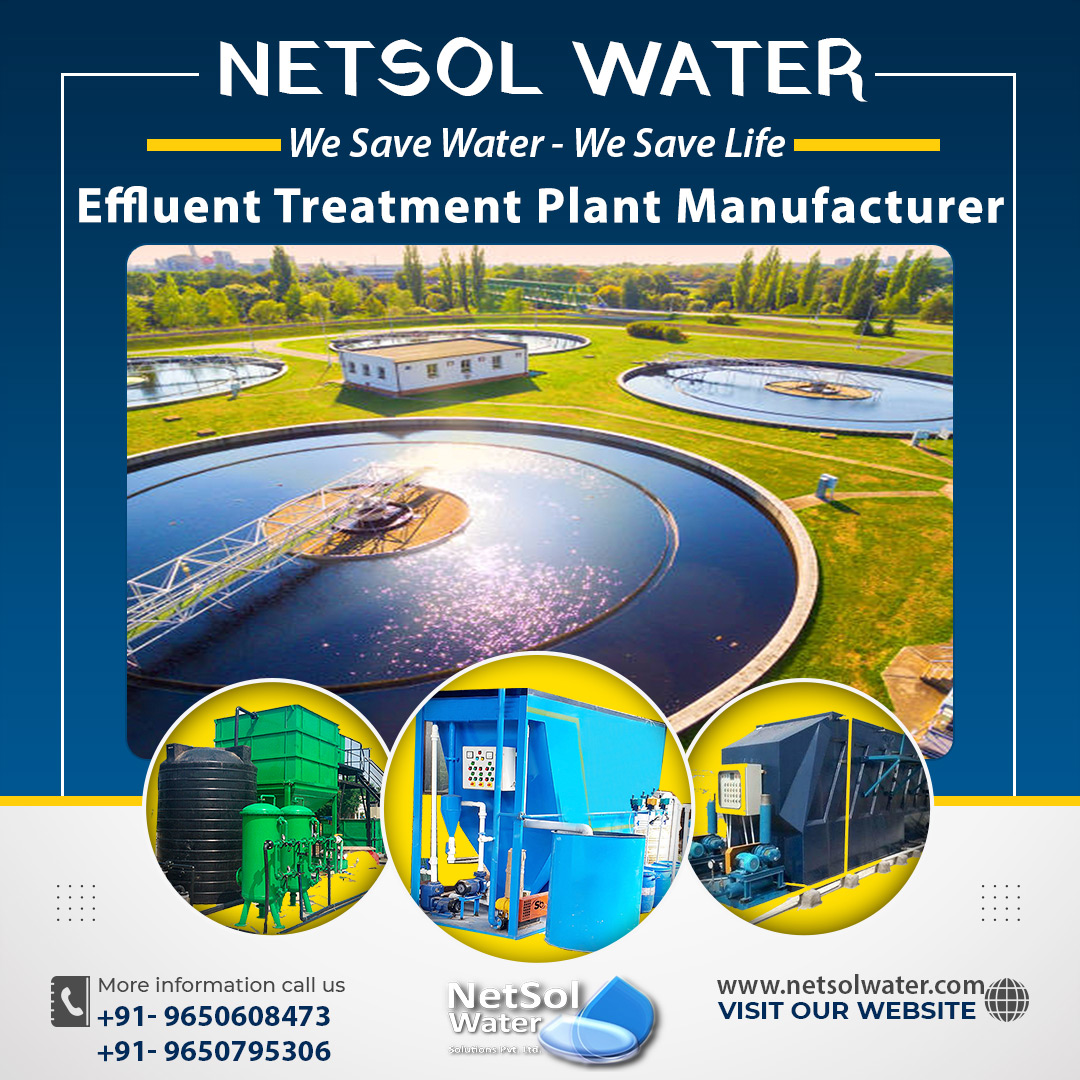How Effluent treatment plants are important in the hotel industry?
Large hotels are noteworthy for many visitors. Everyone wants to stay in a safe and clean place. People are always aware of where the hotel is, the facilities, and the cleanliness of the hotel. If you find a hotel with a problem in your system, it will leave a bad impression on your visitors. Improper treatment of hotel wastewater can cause unpleasant odours that affect the environment and people. Therefore, hotels need to install an STP/ETP plant if they want to be highly rated by visitors or if they are concerned about the safety of people and their surroundings.
The main goal of STP/ETP for hotels is to treat wastewater streams so that they do not cause dangerous diseases for people. Wastewater fromhotels is collected at a wastewater treatment plant, where it goes through several stages of treatment using a sewer system and collectors. Efficient wastewater treatment plants for small, medium and large hotels and resorts are very small and compact, including mechanical, chemical and biological treatment methods/techniques to minimize pollution of environment (i.e. water pollution).
This system is designed with human safety and well-being in mind and strives to create a neat and clean environment. The plant removes harmful pollutants from wastewater. It is also known as hotel wastewater treatment. These plants are happy to treat hotel wastewater as they give 100% results in this treatment.
Technologies used in these system:
· MBBR: It is a moving biofilm reactor. It is perfect for aerobic and anaerobic processes. The process is simple to perform and increases processing power. This is the method to remove BOD.
· MBR: Its full name is membrane bioreactor. It plays acrucial role in water treatment processes. It is an activated sludge smelting process. This is a good technology and gives exceptional results in wastewater treatment.
· SBR: The full form of SBR is sequencing batch reactor. It helps during the entire treatment cycle. This is good quality technology and is used effectively in STP frameworks

Stages of effluent water treatment for hotels:
Preliminary treatment: It eliminates all coarse solids and other materials from the raw wastewater, thus preventing damage to further treatment units. When the tributary passes through the bar net, large materials such as plastic bags, firewood sticks, rags, etc. It uses crushers to break down coarse solids. It may include a gravel trap where the velocity of the wastewater is reduced so that gravel, sand and rock areeliminated. This treatment also eliminatesthe desirednumber of oils and fats. The partially treated wastewater now will be subjected to next level of treatment.
Primary treatment: This is the second level in most of the agricultural cooperatives. It involves the physical separation of the total suspended solids. This is the so-called sump or primary clarifier, where heavier solids will settle to the bottom and floating substances (slurry) such as oil and grease float to the top of the tank and are skimmed off. The wastewater discharged from the primary clarifier is called primary wastewater or primary sludge. This sludge will be taken to sludge treatment facilities for further treatment. This treatment removes about 50% to 70% of total suspended solids and about 30% of biodegradable components.
Secondary treatment: The major purpose of secondary treatment is to decompose suspended and dissolved organic matter in wastewater using microorganisms. To achieve this, it uses an aerobic biological treatment process known as the activated sludge process. The tributary is now allowed into the aeration tank, where it is mixed with microorganisms.Air is continuously supplied to the aeration tank to increase the growth of microorganisms and thus the decomposition of organic matter. When the aerated water flows into the secondary clarifier, where heavier particles settle to the bottom, this is known as secondary wastewater. It removes about 70%-80% of organic solids.
Tertiary treatment: This level of treatment is also known as a sterilization treatment. If the post-treatment wastewater from the secondary storage tank contains suspended matter or residual organic matter, tertiary treatment uses physical, chemical or biological processes to remove them. This is the final cleaning process that improves the quality of the wastewater before it is discharged into natural waterways or reused or recycled. It uses several disinfectants like chlorination, UV light, ozone, etc. where UV is the most used disinfectant to kill viruses and bacteria without any residue. Disinfection is an essential step to protect human health and the environment.
For installation of ETP’s or STP’s n hotels and resorts, contact Netsol water!




